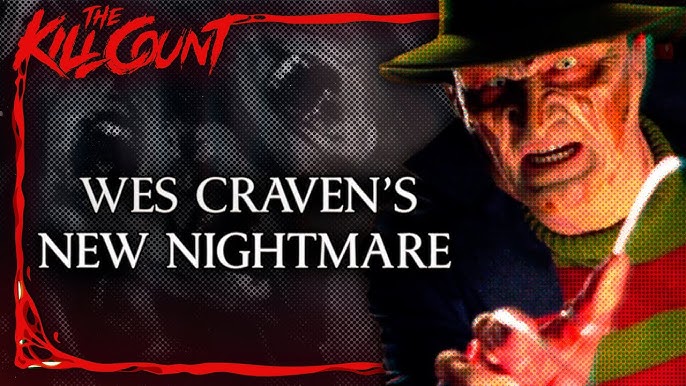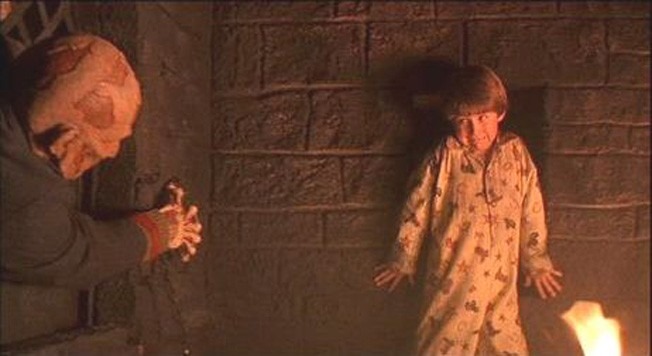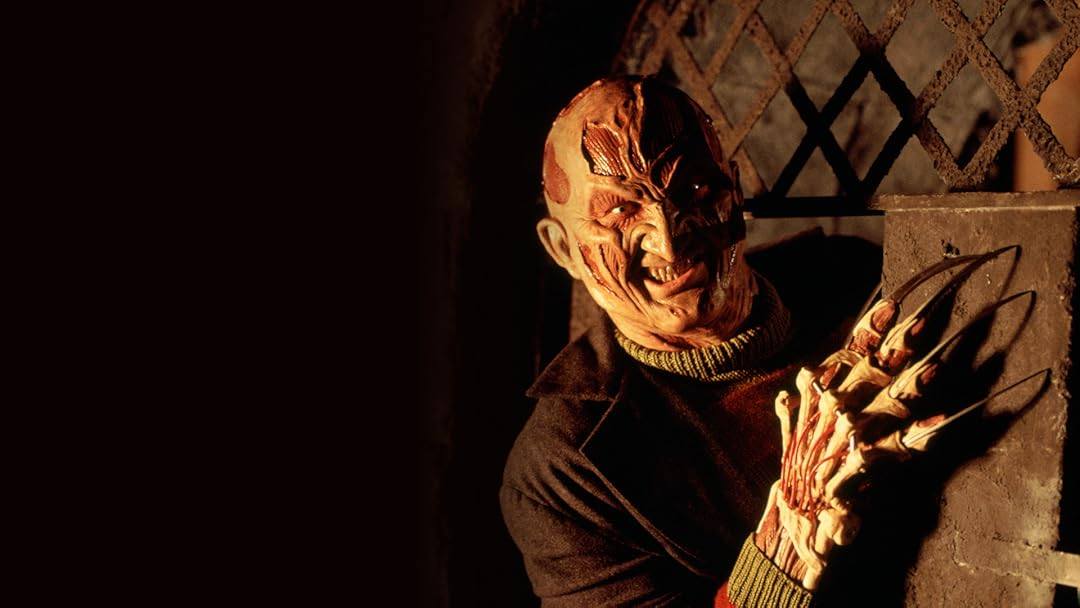Wes Craven’s New Nightmare (1994)

Wes Craven’s New Nightmare (1994) is a supernatural slasher film that revitalized the Nightmare on Elm Street franchise. Directed and written by Wes Craven, the film is a meta-horror experience that blurs the lines between fiction and reality. It serves as both a continuation of the original Nightmare on Elm Street series and a self-aware commentary on the horror genre, drawing on themes of identity, fear, and the power of imagination.
The movie follows Heather Langenkamp, the actress who portrayed Nancy Thompson in the first Nightmare on Elm Street film, as she finds herself once again haunted by Freddy Krueger, the notorious villain created by Craven in 1984. This time, however, Freddy is no longer confined to the fictional world of the films. Instead, he enters the real world, targeting Heather and those close to her, including her young son. The film plays with the idea of Freddy crossing over from the realm of cinema into reality, leading to a sense of increasing dread and uncertainty.
One of the most intriguing aspects of New Nightmare is its meta-narrative. The characters in the film are aware of their roles in the Nightmare on Elm Street series, but the events of the movie take place in an alternate reality. Heather, for instance, is not playing the character of Nancy but rather herself, and the other actors from the original film, including Robert Englund, play exaggerated versions of themselves. This self-referential approach adds a unique layer to the horror, as the film explores the idea of how the creation of fictional stories can affect the real world.

The concept of Freddy Krueger is reimagined in New Nightmare. In this film, Freddy is not just a dream demon, but a supernatural entity that feeds on the fear created by the Nightmare on Elm Street franchise itself. The film presents Freddy as an almost mythical figure, a manifestation of terror that has transcended his original form. This new portrayal of Freddy allows for a deeper exploration of the character, making him more menacing and unpredictable than ever before.

The movie also benefits from Craven’s direction, which combines traditional horror elements with a more introspective approach. The unsettling atmosphere is enhanced by the film’s visual style, with Craven using dreamlike sequences and eerie imagery to create tension. The sense of paranoia grows throughout the movie, as Heather’s grip on reality begins to unravel. The combination of real-world elements and supernatural horror keeps the audience on edge, making New Nightmare a thought-provoking and nerve-wracking experience.

In conclusion, Wes Craven’s New Nightmare is a brilliant reinvention of the Nightmare on Elm Street series, offering a fresh take on the horror genre while still staying true to its roots. The film’s meta-narrative, along with its deeper exploration of Freddy Krueger as a symbol of fear, makes it a standout entry in the slasher genre. By blending reality with fiction, Craven creates a unique and terrifying film that challenges traditional horror conventions and leaves a lasting impression on audiences.











